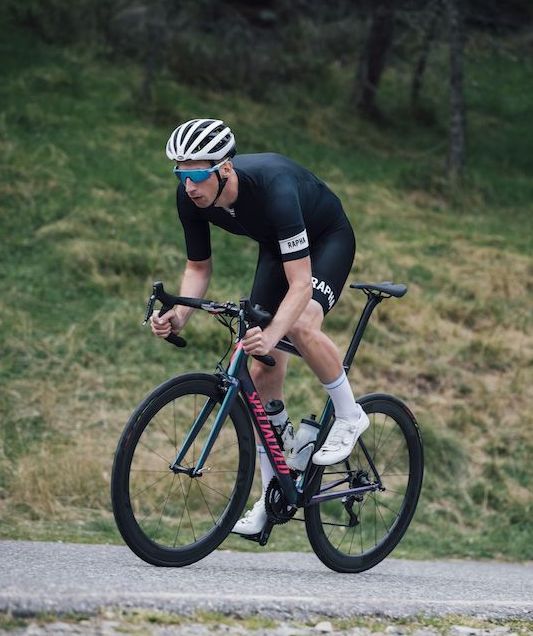Are marginal gains for everybody?
Is the concept of ‘marginal gains’ still relevant to amateur cyclists, or has it been unmasked as a fancy term for pointless perfectionism and pro-team secretiveness? Words by Jamie Ewbank
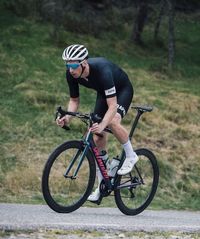

Is your chainring the right shape? Have you touched one too many grubby door handles? Did you lose a critical 40 minutes of sleep last night?
The questions fitness-seeking cyclists ask themselves have changed a lot in the last decade or so.
Whereas riders used to be hung up simply on having the lightest bike, the heartiest serving of pasta and the most training miles in the bank, an altogether more nuanced, complex approach has come to the fore.
>>> Seven best ways to make your bike lighter for free
Nowadays cyclists obsess about marginal gains, striving to finesse every conceivable aspect of body and bike, no matter how small the potential benefit — but is such fine-tuning really worthwhile, or is it just hankering after an illusory ideal?
Of course, tiny changes to position, sleekness and geometry can significantly improve aerodynamics; marginal gains of this type will always be critical in time trialling.
In certain other areas of cycling, too, the rise of the marginal gain has worked wonders, greatly reducing overeating and overtraining while unearthing numerous benefits that no one had previously thought to look for.
The latest race content, interviews, features, reviews and expert buying guides, direct to your inbox!
On the other hand, it’s led cyclists — and not just the pros — down any number of hilarious blind alleys; pretty much every stripe of road cyclist has spent years inflating their tyres to steel-hard pressures in pursuit of a rolling resistance reduction so fractional it’s practically undetectable.
Watch now: How to set the perfect tyre pressure
Likewise, many have necked food supplements up to and beyond the limits of their digestive systems, with little or no benefit.
Turn back the clock a bit further and you’ll remember cyclists ‘drilling out’ their frames and components in pursuit of a saved gram here or there, a practice that left bikes at best ugly and, at worst, dangerous.
The only real difference between the amateur and professional errors is that most amateurs don’t hang the name ‘marginal gains’ on their experiments and later embark on corporate speaking tours.
There have been many attempted marginal gains, from the left-hand-drive track bikes tried out by Team USA at the Rio Olympics (taking advantage of the lower airflow on the inside of the bike) to the bike with high-pressure tyres that Alberto Contador swapped onto before climbing Mount Etna in the 2011 Giro.
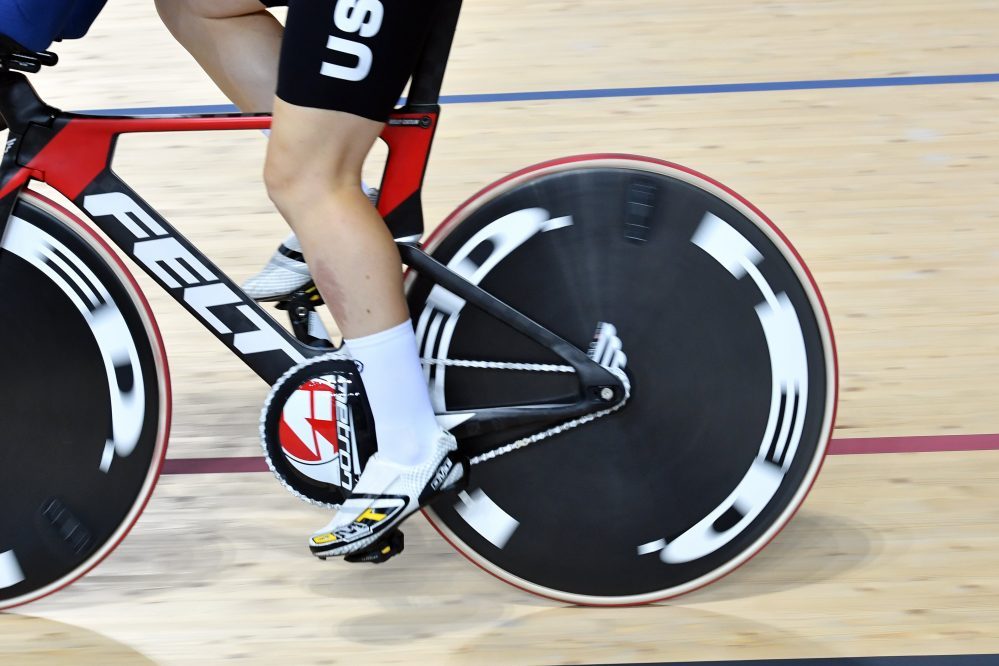
All cyclists are looking for an edge, but “the aggregation of marginal gains” is a buzz-phrase most commonly associated with British Cycling, Team Sky and Sir Dave Brailsford.
Because of Sky’s success, marginal gains have been imbued with a sort of mysticism. But according to sportswriter Matthew Syed, it is just a new term for an age-old practice.
“Marginal gains is just the idea of applying the scientific method to continual improvement,” he says.
>>> Dave Brailsford: ‘I’m uncompromising, and some people can’t cope with that’
Syed, who won a Commonwealth Games gold medal in table tennis, spent months researching marginal gains for his latest book Black Box Thinking.
He believes the success of marginal gains culture has its roots in a change in coaching attitudes.
“There was a lot of conventional wisdom when I was an athlete, and a lot of coaches who thought that, because they’d produced good players, their methods were as good as they could get.
If your ego is bound up with the status quo, then change is a threat.
“My sense from meeting Sir Dave Brailsford is that he’s bound up in ‘What is it that we currently don’t know?’ not ‘What do we already know and how can we proclaim our knowledge?’ The psychology of that is at the heart of the scientific revolution.
"The psychology turns out to be very important, and that’s what marginal gains expresses.”
>>> The hidden motor in your head: How mind training can make you ride faster
It’s a perfectly tidy description, and one that can be very useful.
After all, British Cycling’s chains are cleaned using an ultrasonic cleaner and lubed with a nanotube formula, a marginal gain apparently worth six watts.
But every cyclist has felt the benefit of a clean drivetrain, even if all they’ve done is shake their chain in a bottle of white spirit and flossed their sprockets with old newspaper.
The distinction between general good practice and marginal gain is as much about mindset as outcome.
In truth, many attempted marginal gains don’t actually lead to performance improvement — the ice bath that was so trendy a few years ago, for example, might actually be counter-productive.
The important thing with a marginal gains approach is to explore these possibilities.
“Whenever you attempt a marginal gain that doesn’t work, you improve your understanding of the problem,” says Syed.
“If a cycling race is made up of parameters — the aerodynamics of the bike, the efficiency of the training and so on, and they can all be broken down into smaller elements — when you find something that doesn’t work, that’s very useful information.
“Finding marginal gains that don’t work makes it easier to focus on the ones that do work.
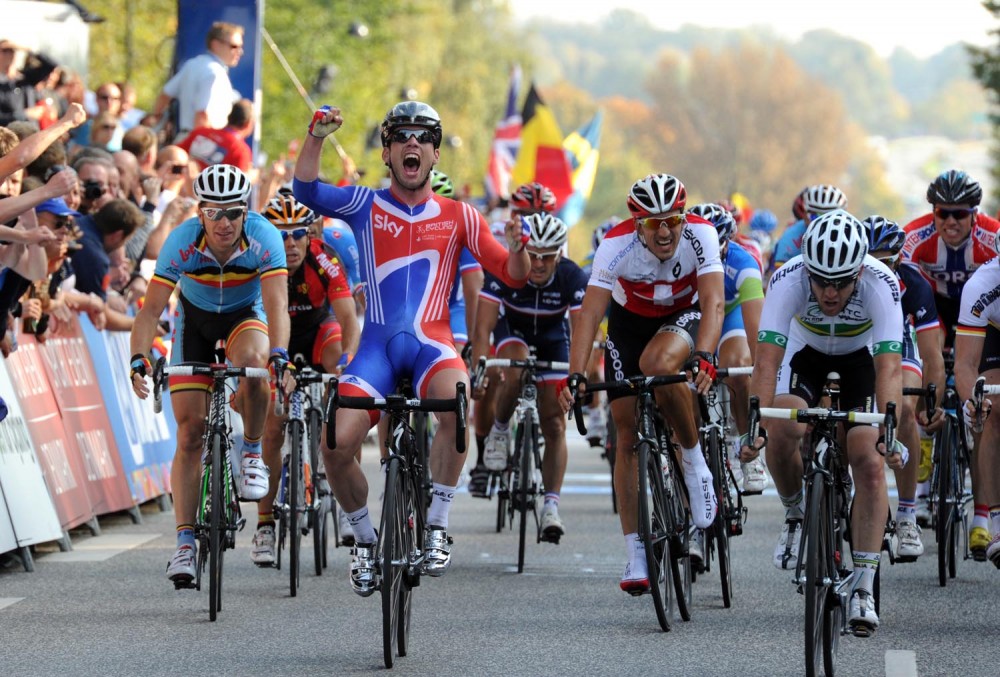
"The crucial thing is a mindset that’s willing to say ‘Whatever we’re doing, however good, we can get better’… Instead of saying ‘Are you saying I don’t know what I’m doing?’ you say: ‘That’s interesting,’ and start looking for improvement.”
The word psychology comes up almost as often as science when discussing marginal gains, and for good reason.
According to sports psychologist Andrew Barton, a marginal gains culture can have a huge influence on performance even if the changes being experimented with don’t turn out to have any measurable physical outcome:
“From a psychological perspective, each member of a team buys into the vision of marginal gains, and therefore puts immense faith in the people around them.
“Belief plays a huge role in an athlete’s ability to perform to the highest level: their motivation to train, their confidence, their energy levels and their willingness to constantly push themselves.
>>> ‘Cyclists, be cautious with caffeine’
"Although some of the marginal gains may be dubious in terms of real effect, the placebo effect is a very real one.”
Leaving aside the placebo effect for now, it’s important to stress that while a marginal gains culture might value change as a means to progress, that’s not to say that changes shouldn’t be managed.
Change for change’s sake, or simply shaking things up in pursuit of a ‘dead cat bounce’ can introduce as much uncertainty as confidence.
“Learning the various factors that contribute to the marginal gains has to be drip-fed in the same way as learning a new skill.
"If you are given too many new things to take on board too quickly, it creates an overload, and riders become stressed or unfocused, and take their attention away from the more crucial areas of their performance.”
An extra edge
Pursuing fractional advantages makes sense in the professional sphere, where athletes are already trained to the limits of their potential, and need to find an extra competitive edge, but are marginal gains applicable to amateur cyclists?
The club-mate’s knowing smirk at your post-Christmas belly when you’ve just unwrapped your first carbon frame is almost a rite of passage in cycling, an unspoken acknowledgement that those of us who don’t get to ride for a living invariably have more room to make maximal, not merely marginal, gains.
>>> Bike of the year 2017: Canyon Ultimate CF SLX 8.0
But many coaches think a marginal gains approach is perfectly valid in amateur cyclists too.
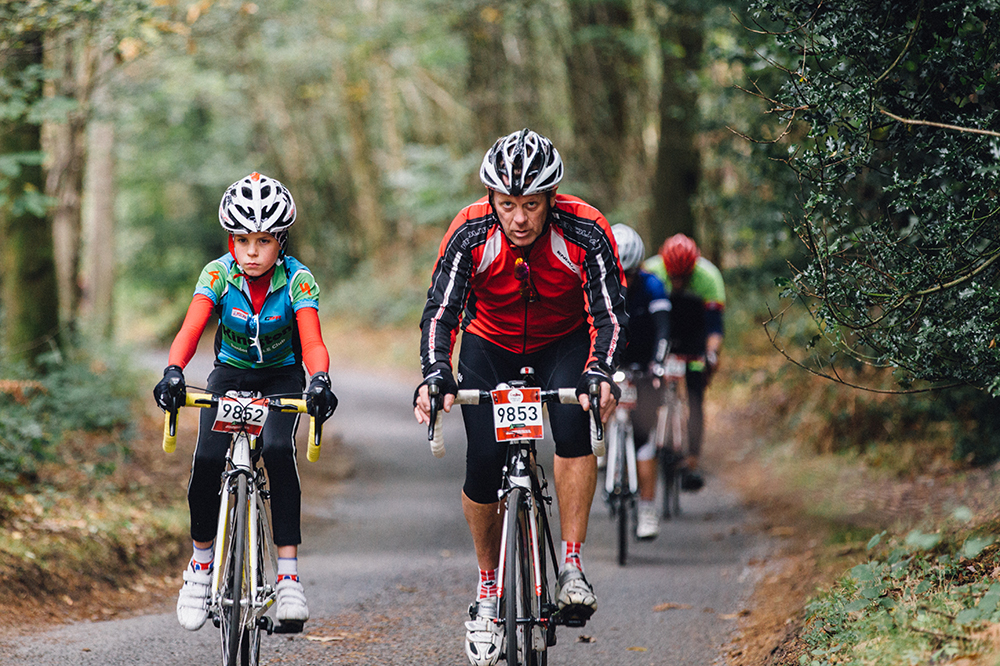
Amid the headlines about teams being taught how to wash their hands by surgeons to minimise illness, or sleeping in motorhomes to avoid the hubbub of hotels, it’s easy to forget that Sky’s marginal gains approach has always involved a lot of data-wrangling.
Extrapolating a rider’s future performances by crunching numbers, or factoring in historical wind data to the analysis of a time trial course is a tough sell to a daily newspaper or a large business looking for a motivational speaker, so it often gets forgotten — but the data analysis side of marginal gains is accessible to any cyclist with a power meter.
Rob Kitching, a part-time British Cycling accredited coach and software engineer, runs Cyclingpowerlab.com, a website that provides data analysis for cyclists tailored to specific events, and he believes that a marginal gains approach can be as beneficial for amateurs as it is for professionals.
“There are two reasons to apply marginal gains:
1) because your returns from training time are diminishing, which explains why a lot of highly trained pro athletes who are close to their genetic potential would start to give the idea time and attention.
2) because certain things can be seen as ‘low hanging fruit’ or ‘quick wins’.
“The latter are definitely of interest to lesser-trained amateur athletes who, instead of bumping up against genetic potential, may be bumping up against the maximum time they can dedicate to training and who therefore look for ways to think or buy themselves faster.”
There’s no shame in having a demanding job, a busy family life or even other interests that compete with cycling, and finding ways to improve your performances on the bike without sacrificing your bike/life balance is fundamental part of being cyclist.
Who hasn’t attempted to buy a bit of speed with better wheels, or up their game with a few gallons of beetroot juice? According to Kitching, data analysis is the first step in figuring out which marginal gains could be made effectively.

“The initial value of sports analytics or performance modelling is in measuring what you already do, then revealing what you could do better.
That lets you prioritise where any time or money put into marginal gains could best be invested… We can run a computer model to simulate performance [under different variables].
“As a concrete example, the data might reveal that a rider is significantly less aero than competitors at the same height and weight — so the rider would work on aerodynamic optimisation as a priority, starting with the quick wins and working through the smaller stuff, until the limit of time or money is reached.”
Balancing financial and time cost is where a marginal gains approach can be even more important for amateurs than professionals.
Whereas almost all top-flight professional teams have the budget to explore a wide variety of potential gains, amateurs have to be more focused, and there are times when it’s worth pitting some of the more technical-sounding marginal gains against the more gimmicky ones.
“Most riders lose at least two per cent of their power in the drivetrain, and there is good evidence to suggest that drivetrain optimisation is worth a few watts,” says Kitching.
>>> How to clean your road bike in seven minutes (video)
“But optimised chains don’t last long, so they’re a really expensive choice, whereas hand sanitisers are just a low-cost extension of the decades-old advice to wash you hands a lot [to prevent illness].
“If something is evidence-based, justified by time and money, and reasonably likely to help the athlete, then it’s on the right side of the line.”
Even coaches who aren’t entirely convinced by marginal gains tend to quibble less over their effectiveness and more over the term ‘marginal’.
According to Paul Hough, lead physiologist at St Mary’s University, there are physiological thresholds that need to be reached before it’s worth looking elsewhere for gains:
“If the athlete hasn’t got a long, consistent training history, then minor tweaks probably won’t make much difference. A [male] cyclist with a VO2 max of 50 or body fat higher than about 13 per cent won’t notice a significant improvement by, say, changing to ceramic bearings.
“Speaking as an insomniac, though, improving sleep benefits all athletes. [Two or more] consecutive nights of poor sleep have been shown to reduce cognitive and physical performance.”
Aside from the reduction of fatigue and improvement in reaction and recovery times, good sleeping habits reduce stress hormones and increase the availability of human growth hormone, a potent performance-enhancer.
Perhaps Sky’s motorhome and mattresses aren’t just a sideshow for the press. Nor, according to Hough, is the hand-washing.

“Illness is a major concern for athletes as even minor infections can impair performance. In general you’re OK to exercise with a mild cold [but you should avoid] exercising in group environments to prevent spreading the virus to others.”
It’s interesting that though some of the more high-tech pursuits of marginal gains provoke debate among our experts, many of the simpler ones — good sleep, good hygiene, clean drivetrains — are unanimously regarded as worthwhile.
It may turn out that the core of a marginal gains philosophy is, as CW’s own Dr Hutch once termed it, “the ruthless pursuit of the fairly obvious”.
>>> Dr Hutch: Remember marginal gains? They used to be big
Hanging a media-friendly name on it and treating it as something new is what invites cynicism and scrutiny, but the practice of leaving nothing to chance and taking nothing for granted isn’t new or suspicious, it has always been a fundamental part of sport.
In fact, the only thing up for debate is the point at which the effort exceeds the returns, and that’s something that will depend entirely on the time, money and headspace you have available.
Ahem! There’s an elephant in the room!
Are marginal gains an elaborate decoy distracting from murkier practices?
If the most common discussion of marginal gains centres on how they work, the second most common is whether they work at all. Cycling’s murky past makes it difficult to look at the transformations undergone by some riders and not wonder whether their claimed training tweaks are not perhaps a smokescreen for shadier practices — particularly in light of recent scrutiny of TUE use.
Matthew Syed and Professor Ross Tucker (sportsscientists.com) locked horns on this issue on Twitter, with Tucker implying that marginal gains are a useful tool for amateurs but meaningless in a professional environment, where every team is already exploiting every gain that’s legitimately available.
“Marginal gains is just ticking boxes: what offers the best improvement for the least effort, and can I do it?” says Tucker. “Where the concept falls flat, in my opinion, is in the top level of elite sport, where everyone is searching for the advantages, and you’re dealing with similarly capable people, in a truly strong and deep competition, who are all exploring these avenues. That’s a world where pineapple juice or better pillows aren’t a source of competitive advantage against other teams.
“What is in dispute, in my opinion, is the idea that in a competitive, elite sport environment, these tiny things actually do add together. Some might, but I’d argue that they are not unique. Some make no difference. Warm-downs are not unique — my high school coach did them with me, in a tiny town in South Africa that didn’t have colour TV until the mid-Eighties. Likewise, trying to sleep better is not new.
“The real elephant in the room is that cycling performance is a function of a few things: the physiology of the rider, the quality of the training, and historically, the use of drugs. Now, if the last one has a large effect, then the only way to overcome it is for the first two to be perfect, exceptional. It is not going to be overcome with comfier pillows and lighter paint on the bikes.”
CW spoke again to Syed, following the recent furore over TUEs at Team Sky. He told us he does not rule out the potential for specific abuses, but his faith in marginal gains remains unshaken.
“You’ve had this wide range of success with a number of riders, and I think the underlying reason for that is a good method, good funding and great attention to detail. But you can imagine a rider, with a rogue doctor, within the operation, and without other people knowing, doing something illicit. I’d be disappointed, but I wouldn’t be shocked.
"But I don’t think that you can read across from that that [Chris] Froome, [Geraint] Thomas or Dave Brailsford are aware of it, or that the success of those riders is therefore under suspicion.”
Follow on Twitter: @richwindy
Richard is digital editor of Cycling Weekly. Joining the team in 2013, Richard became editor of the website in 2014 and coordinates site content and strategy, leading the news team in coverage of the world's biggest races and working with the tech editor to deliver comprehensive buying guides, reviews, and the latest product news.
An occasional racer, Richard spends most of his time preparing for long-distance touring rides these days, or getting out to the Surrey Hills on the weekend on his Specialized Tarmac SL6 (with an obligatory pub stop of course).
